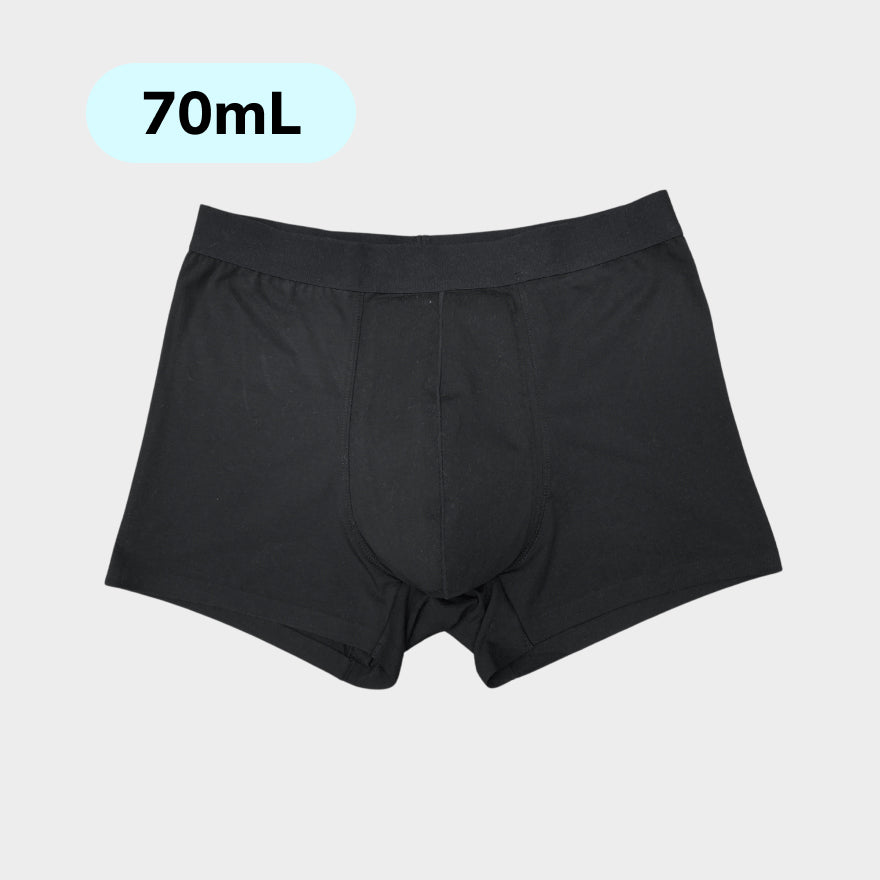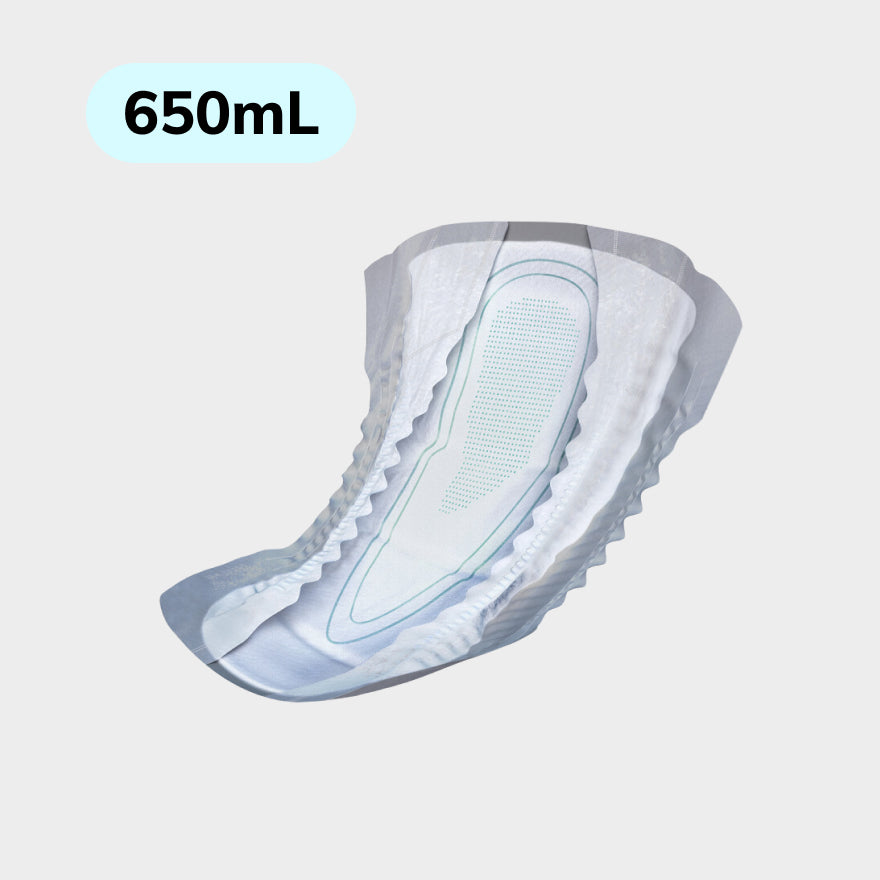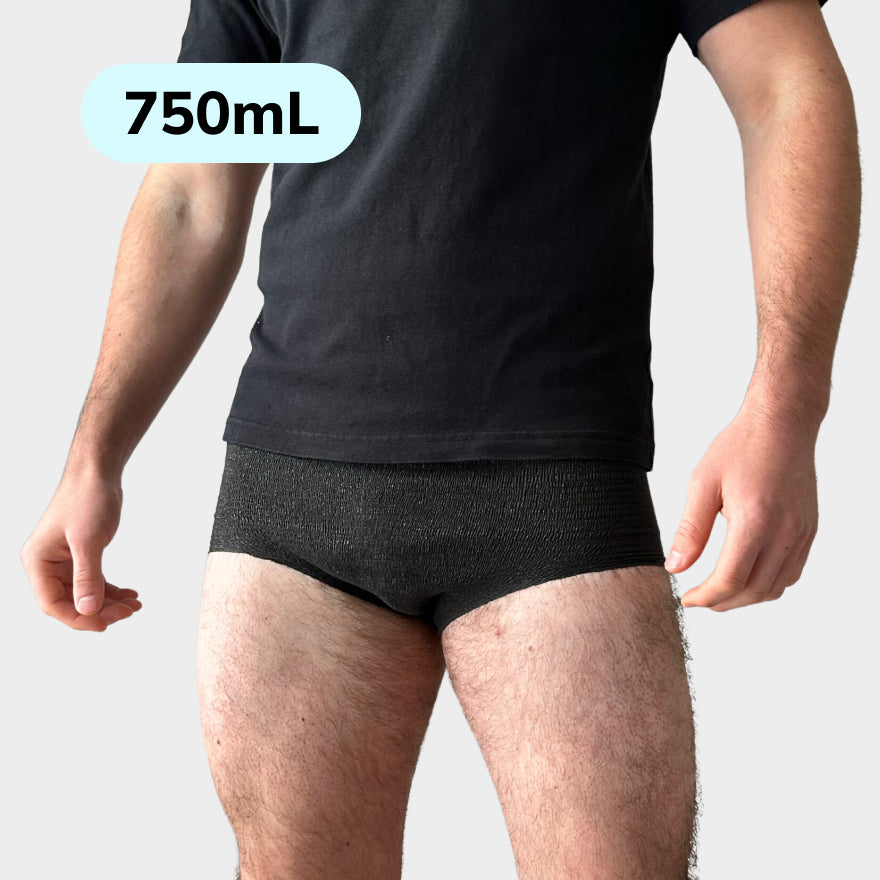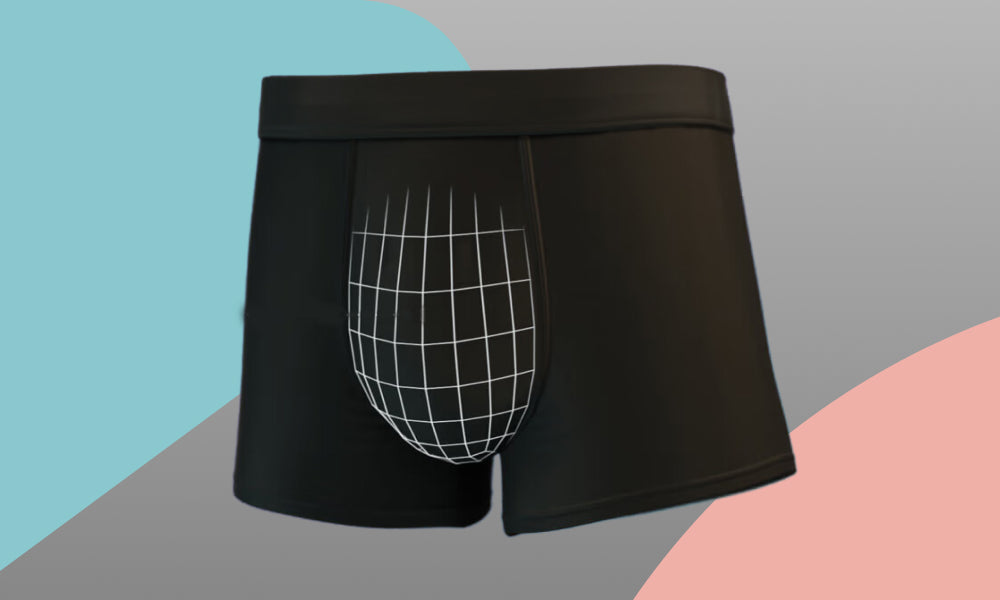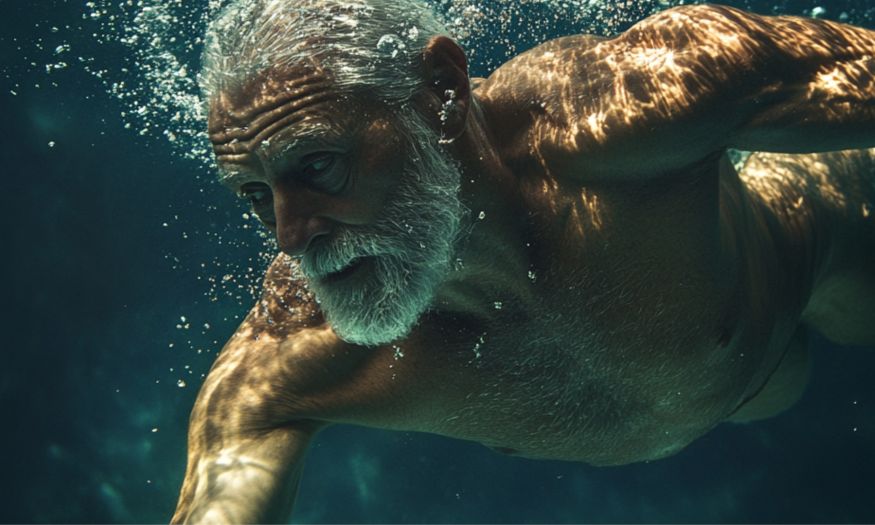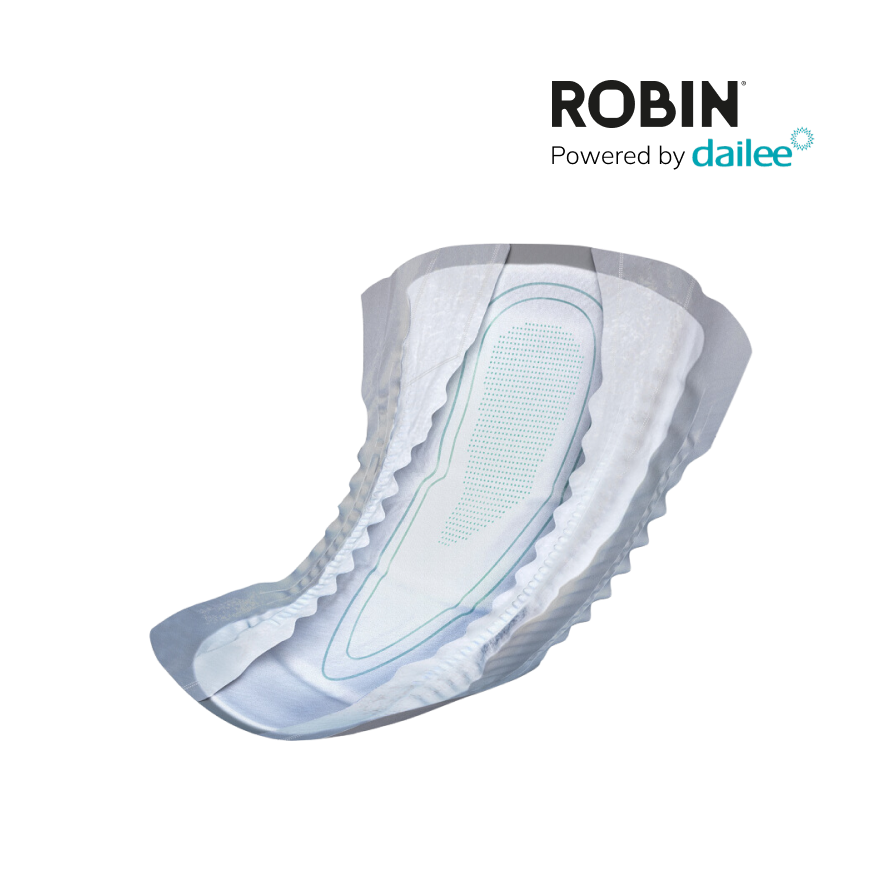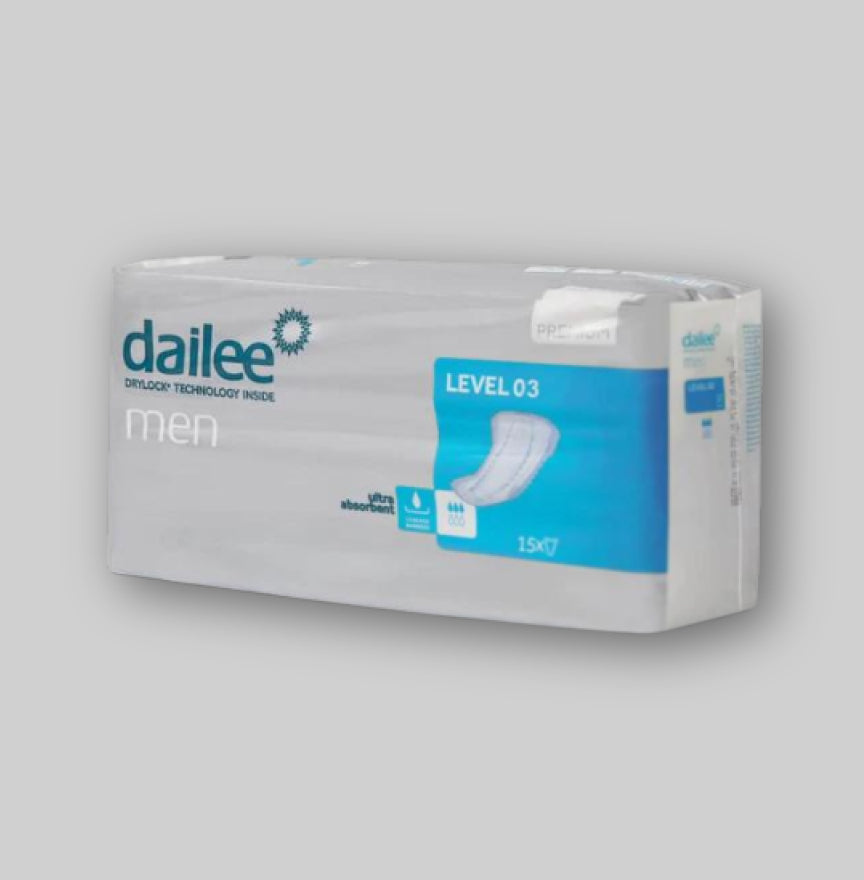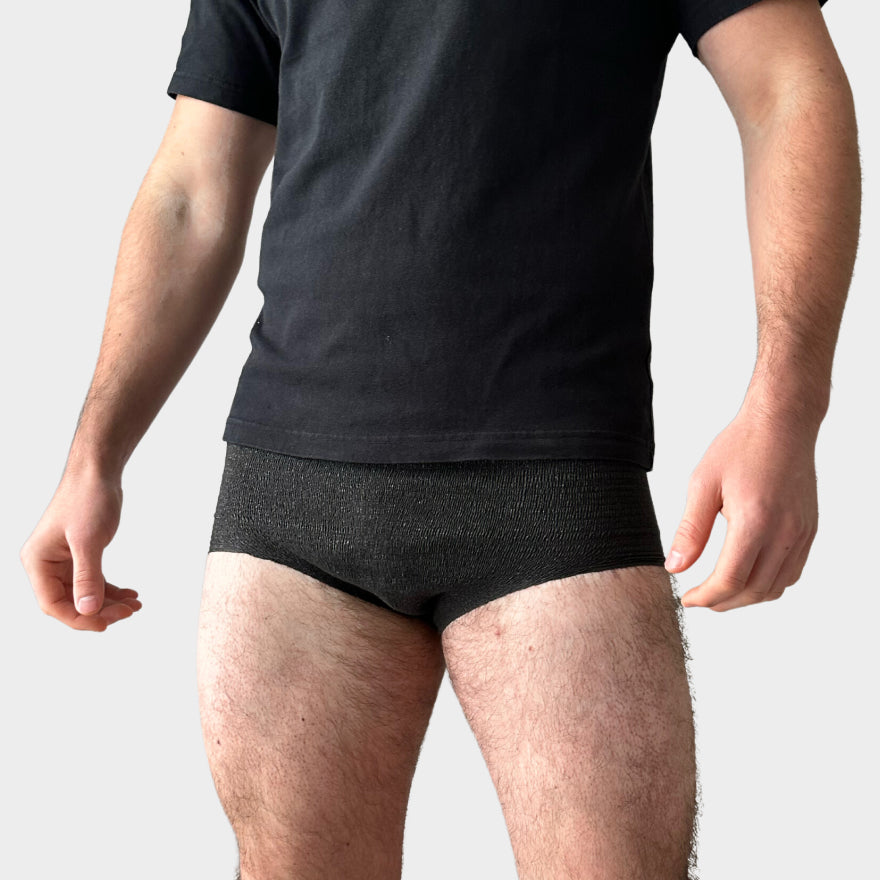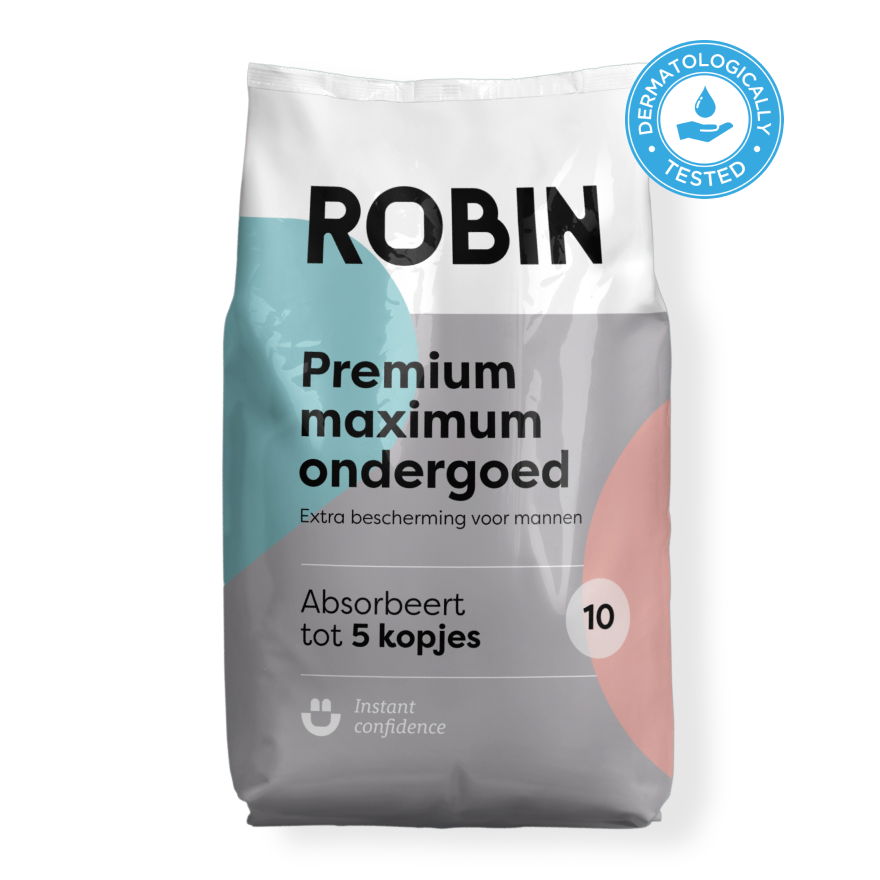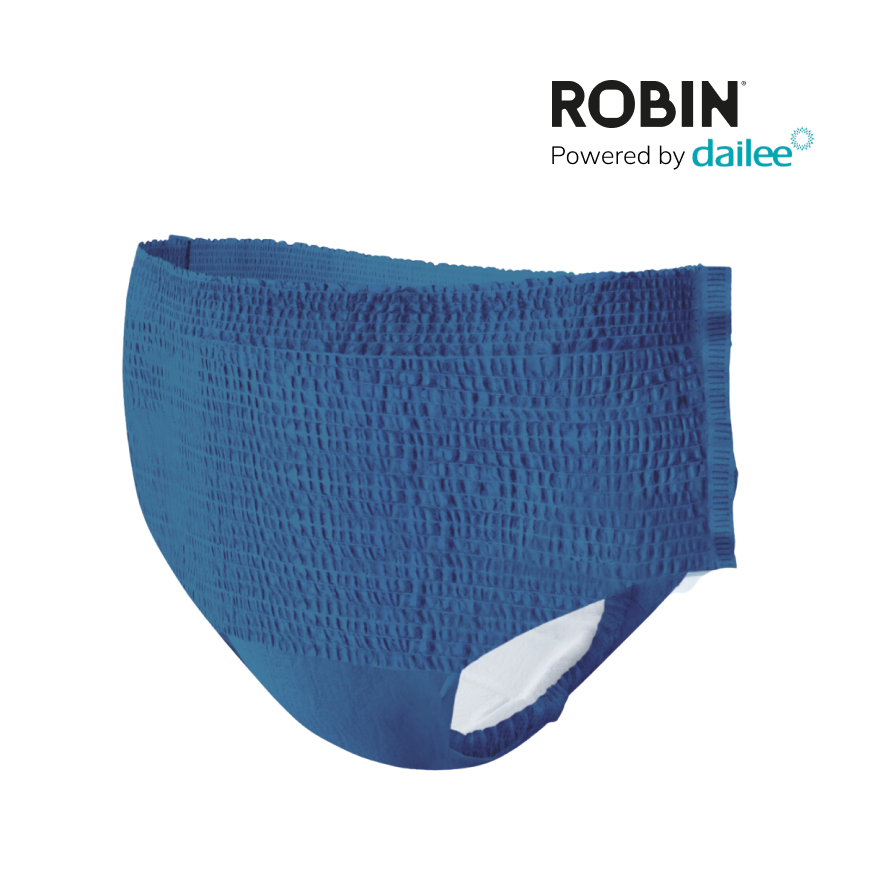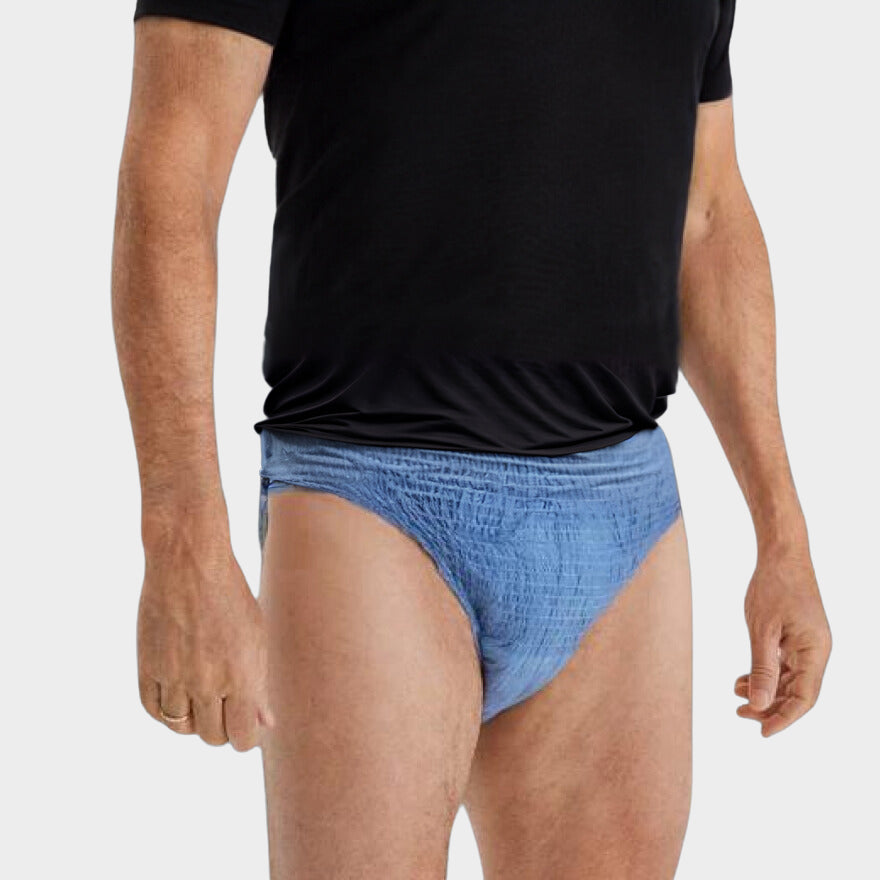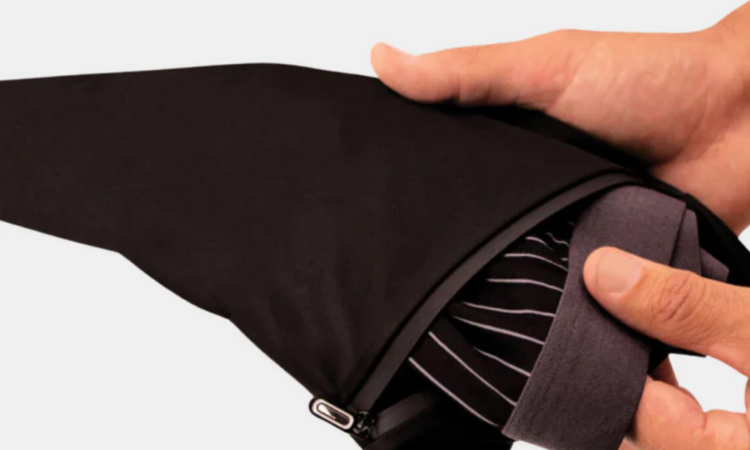If you suffer from incontinence, you may find it daunting or difficult to go swimming at the beach or public pool. Fortunately, there are tips you can try to feel much more comfortable and confident.
Summer is a wonderful time of year. Most people head to the nearest beach, pool or water park during the warmer months to cool off and have fun with family and friends.
Unfortunately, for people with incontinence, these experiences can be very stressful and anxiety-provoking. There can be a number of reasons for this, such as feeling unable to wear comfortable swimwear to hide their continence aids or fear of leaking in the water.
We’re here to tell you that incontinence doesn’t mean you can’t enjoy swimming! These 4 tips for enjoying the beach or pool with incontinence will give you extra peace of mind and confidence to enjoy the warmer months with your loved ones.
Don't worry about small leaks
It is important to understand that urinating or completely emptying your bladder in the sea is completely harmless and that many people, even without incontinence, do this.
If you only have light urine leakage or drips, swimming in a pool is fine. Try to empty your bladder before jumping in, because urine mixed with chlorine can cause skin irritations - to yourself and others.
If you suffer from heavy urine leakage, uncontrollable bladder emptying or fecal incontinence, it is important to empty your bladder and/or bowels before swimming and to invest in incontinence swimwear (more on this soon).
1. Prepare before entering the water
As we just mentioned, it is crucial that you empty your bladder and/or bowels before diving into the water.
You should also remove any incontinence aids that are not intended for swimming, such as underpads and protectors, pull-ups and briefs.
The reason for this is that incontinence products absorb the water you are swimming in. This is not only extremely uncomfortable for you, but can also cause the product to crack or break. The super absorbent polymers in pads, pull-ups and briefs can be harmful to pool filters and to marine life in open oceans and waterways.
2. Invest in good quality incontinence swimwear
Luckily, you can buy specially made incontinence swimwear for both children and adults. Before you buy, make sure that the swimwear you choose is suitable for your type and level of incontinence to avoid any unwanted accidents at the beach or pool. We recommend that once you are out of the water, you remove your swimwear and wear an underlay or protector inside your swimwear until you are ready to get back in the water. This will provide extra absorbency and protection.
3. Look at other incontinence aids
In addition to incontinence swimwear, there are other aids you can wear to help control leakage while swimming.
For women, there is a pessary that is inserted into the vagina to put pressure on the urethra. This helps to stop the flow of urine. It looks like a tampon, but it works very differently. Although it is not suitable for everyone, it is a device that can reduce the flow of urine during the time you want to swim and it is discreet and easy to use.
Men can use a penis clamp or cuff, which also stops the flow of urine while swimming. Most men report that they are relatively comfortable once they get used to them, but it depends on the individual's tolerance. It works by compressing the urethra so that urine cannot escape. It is placed halfway along the length of the penis. These are designed for short-term use and need to be removed every 1-2 hours, depending on the manufacturer's instructions.
Both aids can have side effects if used incorrectly or too often, so always ask your GP or continence nurse for advice before using them.
4. Choose your food and drinks wisely!
What you eat and drink before and during your swimming or beach day can affect your incontinence symptoms.
Avoid foods and drinks known to irritate the bladder and bowel, such as caffeine, carbonated drinks, spicy foods, acidic foods (fruits, tomatoes), and alcohol.
Drink water instead and choose snacks such as carrots, celery and berries which are gentler on your bladder and bowels. Always consult your GP, dietician and/or incontinence nurse before making any changes to your diet. At Robin we firmly believe in living life to the fullest. Just because you are incontinent does not mean you have to stop doing the things you love. We recognise that incontinence means we need to plan ahead and maybe change a few things, but everything is achievable.
Enjoy the summer warmth, don't forget to slip and make memories in the sun and water without living in fear!
